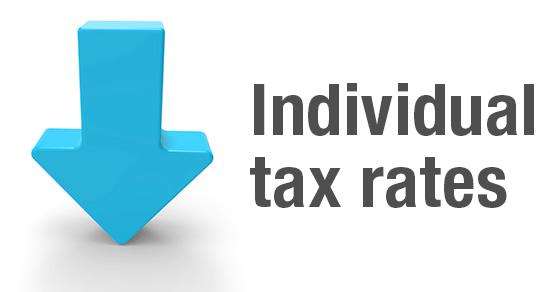With rising health care costs, claiming whatever tax breaks related to health care that you can is more important than ever. But there’s a threshold for deducting medical expenses that may be hard to meet. Fortunately, the Tax Cuts and Jobs Act (TCJA) has temporarily reduced the threshold.
What expenses are eligible?
Medical expenses may be deductible if they’re “qualified.” Qualified medical expenses involve the costs of diagnosis, cure, mitigation, treatment or prevention of disease, and the costs for treatments affecting any part or function of the body. Examples include payments to physicians, dentists and other medical practitioners, as well as equipment, supplies, diagnostic devices and prescription drugs.
Mileage driven for health-care-related purposes is also deductible at a rate of 17 cents per mile for 2017 and 18 cents per mile for 2018. Health insurance and long-term care insurance premiums can also qualify, with certain limits.
Expenses reimbursed by insurance or paid with funds from a tax-advantaged account such as a Health Savings Account or Flexible Spending Account can’t be deducted. Likewise, health insurance premiums aren’t deductible if they’re taken out of your paycheck pretax.
The AGI threshold
Before 2013, you could claim an itemized deduction for qualified unreimbursed medical expenses paid for you, your spouse and your dependents, to the extent those expenses exceeded 7.5% of your adjusted gross income (AGI). AGI includes all of your taxable income items reduced by certain “above-the-line” deductions, such as those for deductible IRA contributions and student loan interest.
As part of the Affordable Care Act, a higher deduction threshold of 10% of AGI went into effect in 2014 for most taxpayers and was scheduled to go into effect in 2017 for taxpayers age 65 or older. But under the TCJA, the 7.5%-of-AGI deduction threshold now applies to all taxpayers for 2017 and 2018.
However, this lower threshold is temporary. Beginning January 1, 2019, the 10% threshold will apply to all taxpayers, including those over age 65, unless Congress takes additional action.
Consider “bunching” expenses into 2018
Because the threshold is scheduled to increase to 10% in 2019, you might benefit from accelerating deductible medical expenses into 2018, to the extent they’re within your control.
However, keep in mind that you have to itemize deductions to deduct medical expenses. Itemizing saves tax only if your total itemized deductions exceed your standard deduction. And with the TCJA’s near doubling of the standard deduction for 2018, many taxpayers who’ve typically itemized may no longer benefit from itemizing.
Contact us if you have questions about what expenses are eligible and whether you can qualify for a deduction on your 2017 tax return. We can also help you determine whether bunching medical expenses into 2018 will likely save you tax.






